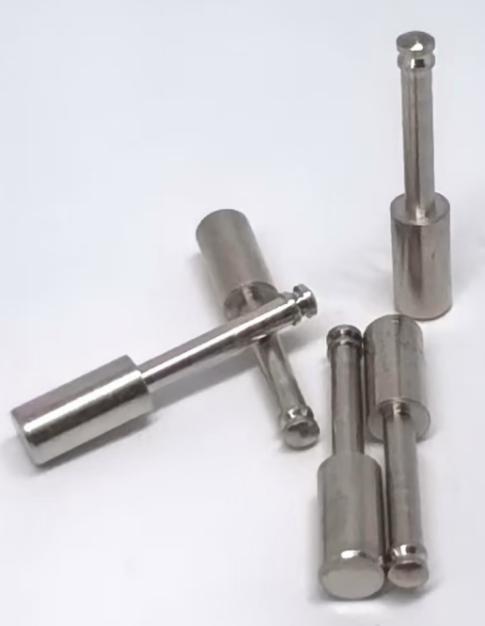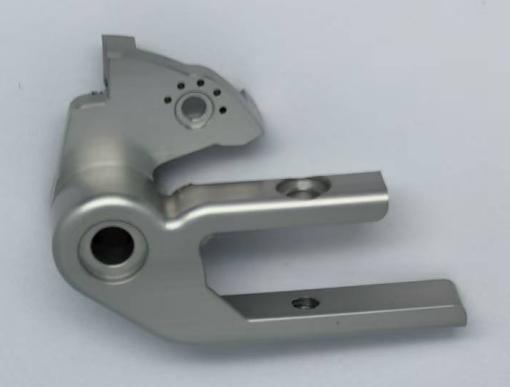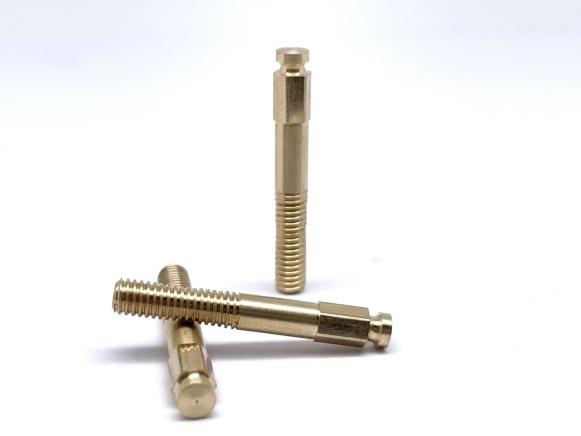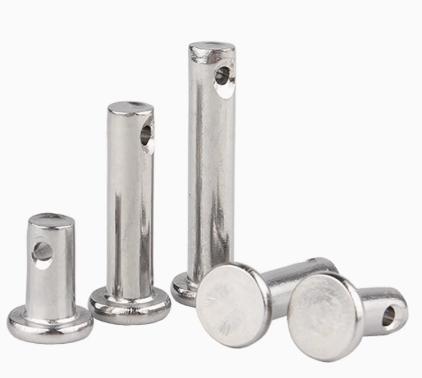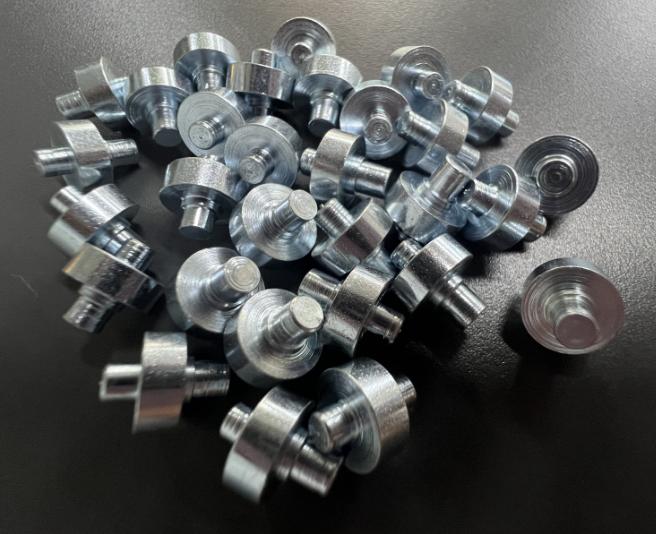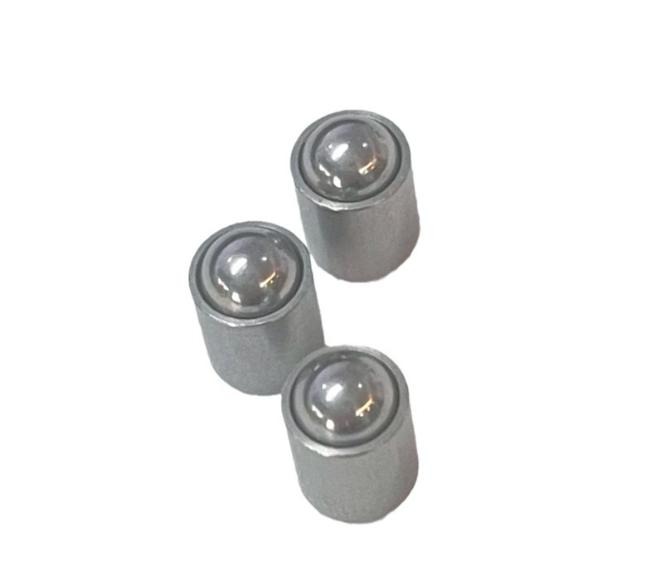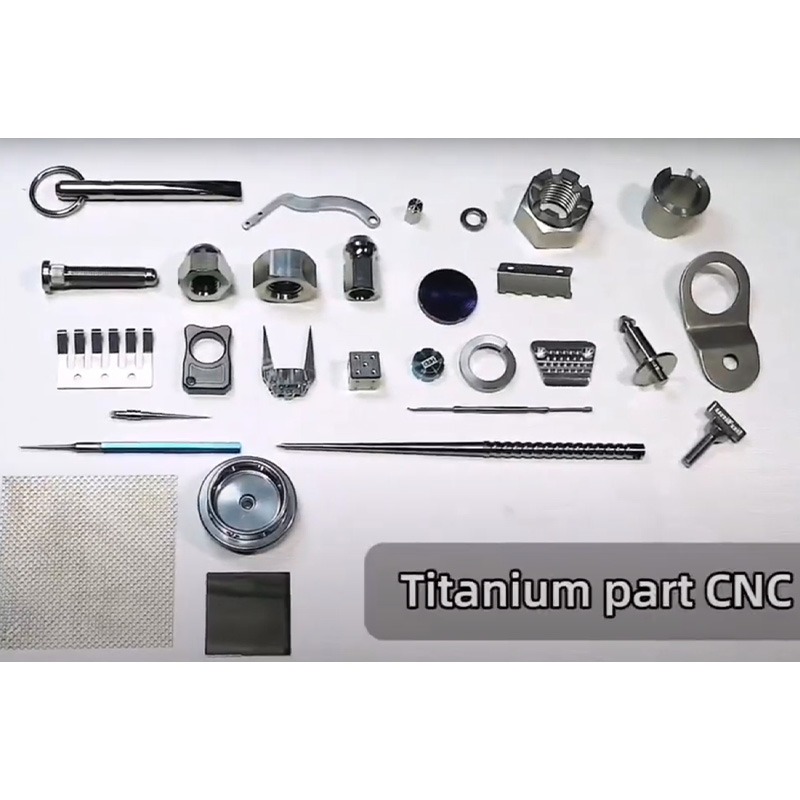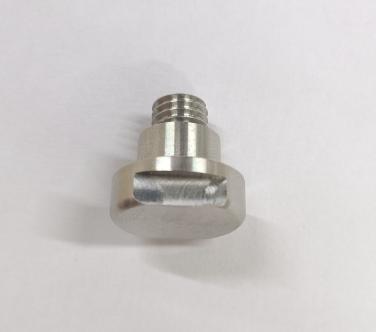The Crucial Role of Energy Efficiency in CNC Machining: Optimizing Sustainability and Cost-effectiveness
CNC machining has transformed the manufacturing business by delivering precision, speed, and flexibility in the creation of complex components. The energy efficiency of CNC machining has become a significant aspect in accomplishing these goals as industries increasingly focus on sustainability and cost-effectiveness. This article discusses the significance of energy efficiency in CNC machining, its impact on the environment and production costs, as well as solutions for improving energy use in this critical manufacturing process.
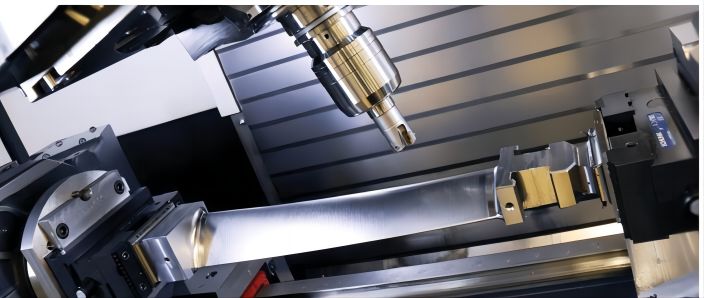
The Significance of Energy Efficiency in CNC Machining
Energy efficiency is important in many areas and industries, since it contributes to environmental sustainability, economic stability, and resource conservation.
1. Environmental Impact
Energy production is frequently related with the release of greenhouse gases and other pollutants that contribute to climate change and air pollution. By improving energy efficiency, we can reduce the overall demand for energy and, consequently, decrease the environmental impact associated with energy production. This is particularly crucial in the face of climate change and the need to transition to cleaner, more sustainable energy sources.
2. Climate Change Mitigation
Energy efficiency measures are instrumental in mitigating climate change by curbing the release of carbon dioxide and other greenhouse gases into the atmosphere. Using energy more efficiently means less reliance on fossil fuels, leading to a lower carbon footprint. This, in turn, helps in meeting international climate targets and commitments to reduce global warming.
3. Resource Conservation
Efficient use of energy translates to a reduced demand for natural resources such as coal, oil, and natural gas. Conserving these resources not only helps in mitigating environmental degradation associated with their extraction but also ensures their availability for future generations. Energy efficiency is a key element in promoting a more sustainable and responsible use of finite resources.
4. Economic Benefits
By cutting energy costs for businesses and households, energy efficiency contributes to economic stability. Energy-efficient techniques often result in lower operational costs, making industries more competitive in the marketplace. Furthermore, energy-efficient technology and services generate career opportunities in renewable energy, energy management, and green technologies.
5. Energy Security
Dependence on finite and geopolitically sensitive energy sources can pose risks to national and global security. By improving energy efficiency and diversifying energy sources, nations can enhance their energy security, reduce vulnerability to supply disruptions, and promote a more resilient energy infrastructure.
6. Technological Innovation
The search of energy efficiency propels technological advancement in CNC machining. As firms and researchers strive for more efficient processes and technologies, they frequently find and develop innovations with far-reaching implications. This continual innovation benefits not only the energy sector but may also lead to breakthroughs in other industries.
7. Reduced Transmission and Distribution Losses
Energy is lost during the transportation of electricity due to inefficient transmission and distribution systems. Improving the energy efficiency of these systems helps reduce these losses, ensuring that a larger proportion of the generated energy reaches end-users. This, in turn, enhances the overall efficiency of the energy supply chain.
8. Community and Public Health
The environmental impact of energy production has direct implications for public health. Air and water pollution from conventional energy sources can lead to respiratory issues, water contamination, and other health problems. By embracing energy efficiency and transitioning to cleaner energy sources, we can improve air and water quality, leading to healthier communities.
9. Global Competitiveness
Nations that prioritize energy efficiency enhance their global competitiveness. Energy-efficient industries are often more cost-effective and adaptable to market demands, making them attractive to investors and consumers who are increasingly conscious of sustainability issues.
10. Long-Term Sustainability
Ultimately, the importance of energy efficiency can be found in its contribution to long-term sustainability. By optimizing energy consumption, we can create a more sustainable and resilient global energy system that fulfills current requirements without jeopardizing future generations’ ability to satisfy their own.
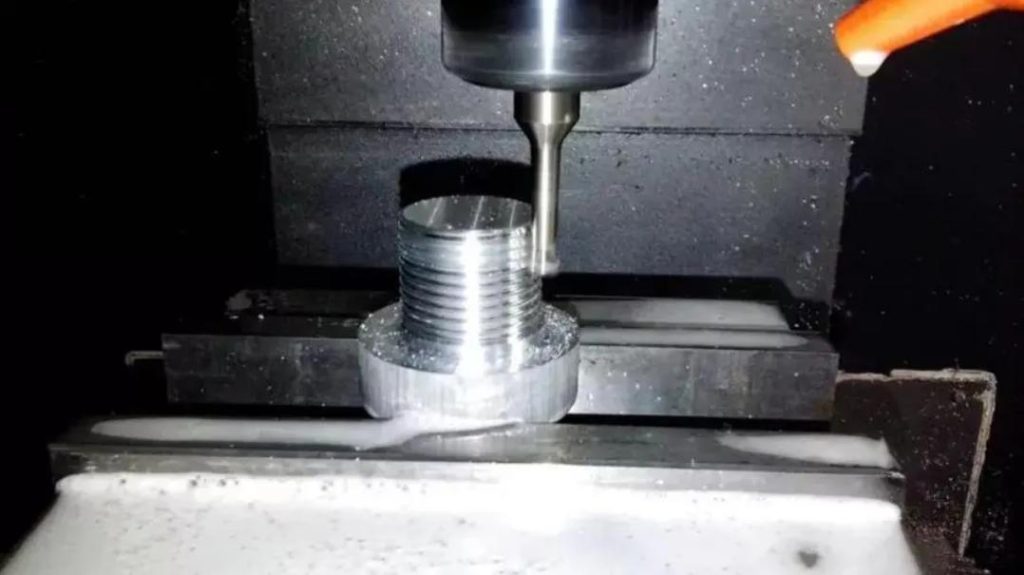
Strategies for Energy Efficiency in CNC Machining
Optimizing energy efficiency in CNC machining involves implementing a combination of thoughtful strategies and adopting advanced technologies.
1. Machine Selection
Invest in modern CNC machines equipped with energy-efficient features. Look for machines that incorporate regenerative braking systems, energy recovery mechanisms, and efficient motor designs. Newer models often come with improved energy performance, making them a sustainable choice for long-term operations.
2. Toolpath Optimization
Effective toolpath planning is critical for reducing energy use. Optimize CNC toolpaths with computer-aided manufacturing (CAM) software, avoiding superfluous movements and idle times. Advanced algorithms can assess part geometry and design toolpaths that prioritize energy efficiency without sacrificing precision or quality.
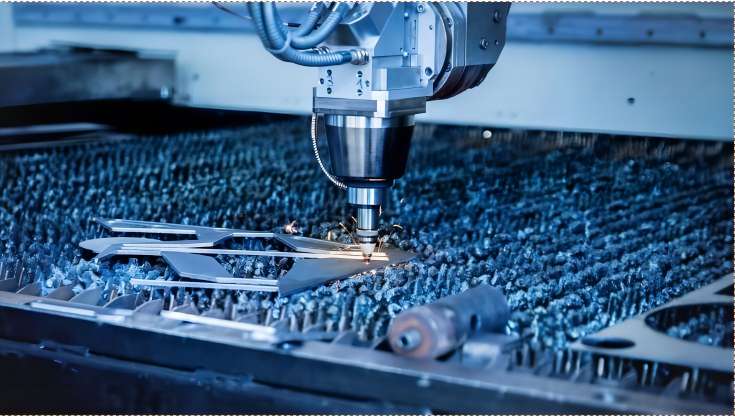
3. Variable Speed Drives (VSDs)
Implement variable speed drives to allow CNC machines to operate at variable speeds based on the specific requirements of the machining process. VSDs enable machines to adjust their speed according to the load, reducing energy consumption during periods of lower demand. This not only saves energy but also extends the lifespan of the equipment.
4. Precision Machining
Achieving precision in machining is not only beneficial for product quality but also for energy efficiency. Set cutting parameters accurately to minimize material waste and avoid unnecessary machining passes. Precision machining not only conserves energy but also reduces the wear and tear on cutting tools, contributing to overall efficiency.
5. High-Efficiency Cutting Tools
Select cutting tools that are engineered for maximum efficiency and performance. Tools with advanced coatings, improved geometries, and materials can enhance cutting efficiency, reducing the energy required for machining. Regular maintenance and tool replacement based on wear patterns can also contribute to sustained energy savings.
6. Coolant Management
Efficient coolant management is essential for both tool life and energy efficiency. Use the right type and amount of coolant to ensure optimal tool cooling without unnecessary energy consumption. Implementing systems that control coolant flow and temperature based on real-time machining conditions can contribute to energy savings.
7. Real-Time Monitoring and Analytics
Implement monitoring systems that provide real-time information on energy use and machining performance. This data can be analyzed using analytics tools to uncover inefficiencies, patterns, and opportunities for development. Review and act on the insights received from monitoring on a regular basis to continuously optimize CNC machining processes.
8. Energy Recovery Systems
Consider adding energy recovery technologies into your CNC machining equipment. These systems are capable of capturing and reusing energy created during braking or deceleration stages, hence enhancing total energy efficiency. For example, regenerative braking systems turn kinetic energy into electrical energy, which can then be put back into the power source.
9. Employee Training
Ensure that machine operators and programmers are properly trained to utilize CNC machines. Educate them on the significance of energy conservation methods and instill in them a mindset of continual development. Operators who understand the impact of their actions on energy consumption can make informed decisions to optimize processes.
10. Energy-Efficient Facilities
Consider the manufacturing facility’s total energy efficiency. To create an atmosphere conducive to energy-efficient CNC machining, implement measures such as energy-efficient lighting, adequate insulation, and climate control systems.
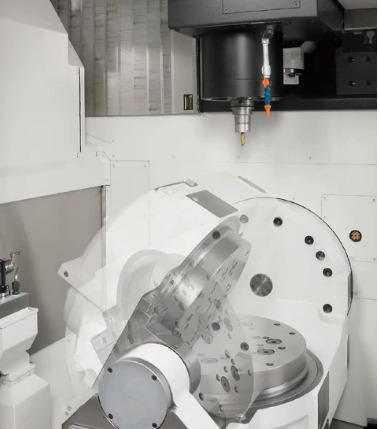
Conclusion
Energy efficiency in CNC machining is more than just a green project. It is a strategic necessity for enterprises seeking to remain competitive in a continuously changing industrial context. Manufacturers can strike a healthy balance between environmental responsibility and economic viability by implementing sustainable practices, investing in energy-efficient technologies, and optimizing machining processes. Embracing energy efficiency not only benefits the environment, but it also establishes CNC machining as a sustainable cornerstone of modern industry.

